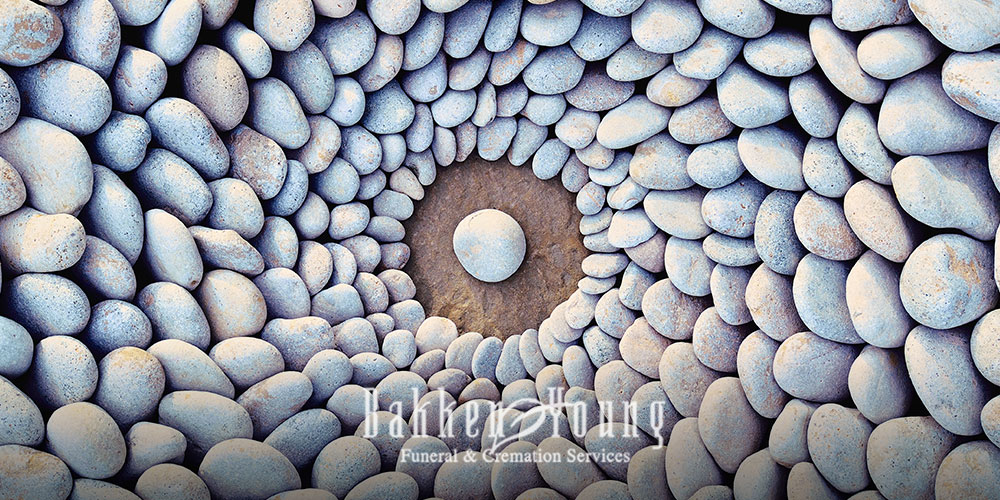Have you ever experienced grief and someone said something to you that was entirely unhelpful? Most people have good intentions. However some lack the emotional intelligence to know what not to say. Grief support using the Ring Theory helps us know what to say. The ring theory creates a guide for appropriate grief support.
Knowing the best way to help during grief can be a challenge. We are all different. Everyone experiences grief differently. Grief support varies person to person as well. It is a natural tendency to want to make grief and all its bad feelings stop. However we must be allowed to feel those feelings. Supporting someone through their grief in a way that actually helps can be challenging. Grief support using the ring theory makes it easier to get it right.
What is Ring Theory?
The ring theory was created by Susan Silk, a clinical psychologist and her friend Barry Goldman. Susan was inspired to create this theory when she had breast cancer. She experienced friends trying to fix her grief by giving opinions rather than support. While their intentions were good, it was not helpful. The ring theory can help us make more thoughtful decisions on how to support someone in their time of grief.
Silk explains how to create the rings of the circle. “Draw a circle, This is the center ring. In it put the name of the person at the center of the trauma. Now draw a larger circle around the first one. In that ring put the name of the next closest person to the trauma. Repeat the process as many times as you need. In each larger ring put the next closest people. Parents and children before more distant relatives. Intimate friends in smaller rings, less intimate friends in larger ones. When you are done you have a kvetching order.”
Grief Support Using Ring Theory
The idea is that the person in the center of the trauma gets to have all the emotions they need to. They can cry, vent, feel angry as much as they need to anyone in the circle.
The people in the other rings get to vent and have feelings too. However they must process and vent only to people in a bigger ring. The smaller the ring and the closer to the trauma the more intense the grief will be. So venting to someone experiencing the loss on a higher level adds to grief rather than being helpful.
Good Intentions Gone Wrong
Let’s say a beloved coach dies. His young widow brings her kids to practice for the first time after his death. You give her a hug and start to cry and say how hard it will be to find a new coach and you are concerned about how your kid will adjust to a new coach. It is easy to see that the loss of her husband and father to her kids is a higher level need than finding a new coach your kid likes.
Your intention may have been to show how irreplaceable he was as a coach. The outcome could instead feel insensitive. While you are experiencing grief in the loss of the coach it is more appropriate to express your grief to other team parents who were not in the close circle of intimacy.
While we must have grace for good intentions gone wrong. We can also learn how to be great at grief support using the ring theory. While we may not always get it perfectly right it will certainly bring us closer. Loving on your friends and family while they grieve is crucial. Providing connection and a space to safely grieve is key.
Connect with more grief support here.


1 Comment
I am still struggling, like crippling depressive grief and ptsd from their deaths 11 years after my beloved Momma passed and 2 years after my dear dear Dad passed and I just came across this, I love it! Thank you for sharing it.
Add Comment